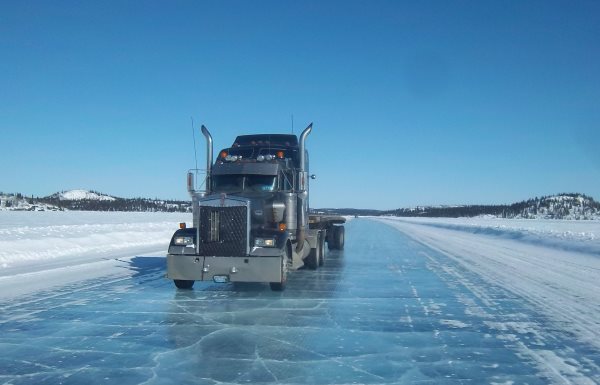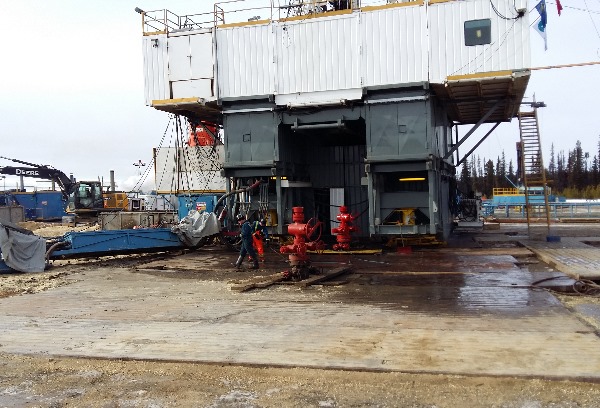Oilfield jobs and Managing your Money
Money management is important in any feast or famine industry. If you work hard and are busy for 10 months of the year, you’ll have a great vacation. If not, you could hope a layoff will allow you to collect unemployment benefits.
Be prepared for the possibility of sporadic pay. You may want that $40/hr job, but it could be prone to temporary slowdowns throughout the year. You may be better off at $30/hr for a steadier paying job. Remember the story of the tortoise and the hare?
The oil and gas industry isn’t recession proof. There’s been thousands of layoffs and slowdowns since the economic downturn of 2008. Alberta weathered the recession better than other parts of the world, but it still hurt them. This was also not the first recession to hit the oilfields in the last 50 years. Even more recently the crash of 2015 which is the worst one since 1980.
Remember that:
NOTHING IN LIFE IS GUARANTEED BUT DEATH AND TAXES!
You’ll also find out that the turnover rate with oilfield jobs is extremely high due to a number of different factors. Here’s a few of the main ones.
- Availability of jobs – The shortage of qualified truck drivers in the country also applies to oilfield trucking. There’s so many oilfield jobs available that drivers tend to try many different jobs before they find one they like. A qualified driver can quit one job and have another the next day.
- Competitiveness of companies to pay higher wages – Unlike the rest of the trucking industry, supply and demand affect wages much faster in a captive and remote market. If the work needs to get done, companies are more willing to raise the rates and wages to do it.
- Contract work changing hands – Drivers often follow the work instead of the company. If a company loses a contract, they tend to lose drivers with it. There is virtually no loyalty in this business.
- Work can frequently shift to different regions – The oilfields cover a huge area of the west, making hot spots fairly common. One winter season may be very busy in one town, but slow in another. The next winter it could be the complete opposite. This means that transient drivers will move around from town to town to follow the work. The focus of drilling work can also follow big “Finds” just like a Yukon gold rush.
With this in mind, be prepared to move, change jobs, or even companies if you have to. Stability is not the same in this industry. You may find a great company getting into this industry on your first attempt, but it’s highly unlikely. There’s an extremely high number of transient workers for a reason.

Oilfield jobs can also have a peace and solitude that make the sacrifice of being away all worth it.
If you have a license to drive a tractor trailer, or straight truck with an air brake ticket, you’re at an advantage. You shouldn’t have a problem finding work before coming to Alberta. This usually will allow you to get a better job, and better wages, even with no oilfield experience.
If you don’t already have a class one license, you’re still in luck. There are many oilfield companies that offer in house truck driver job training. Many of the fracturing service companies do this with their crews. They’re often a little more stable to work for than some of the smaller companies and offer a truck driver salary as a base. On top of this, you get paid job bonuses for each job you do. The more experience you gain, the higher the bonus you will receive.
These on the job training policies change depending on the supply and demand of work and drivers. Getting your foot in the door for one of these jobs will be easier during a busy year. There’s also more opportunity just before the busiest season in the fall. Spring breakup may not be the best time to look when things are slowing down. Companies can choose from a more experienced driver pool in times when people are out of work.
Keep in mind there is a training lag time to account for. Well organized companies may start hiring and training during slower times so they’re more prepared for when the busy season starts.







